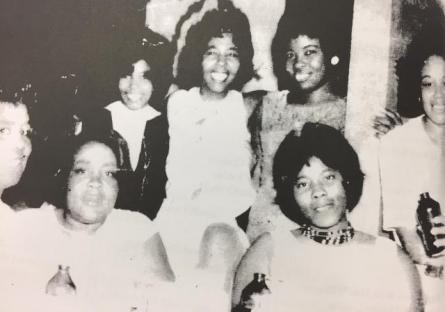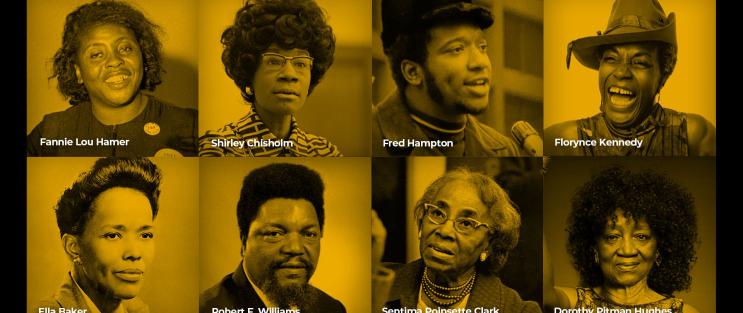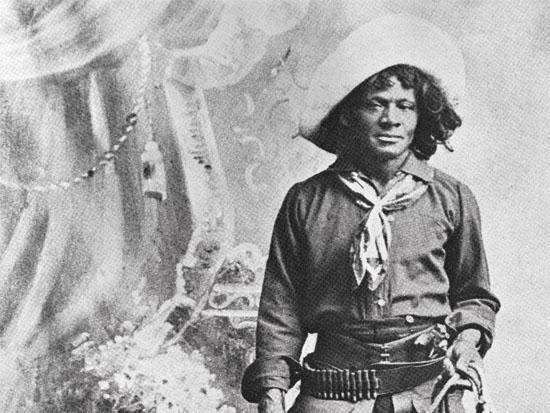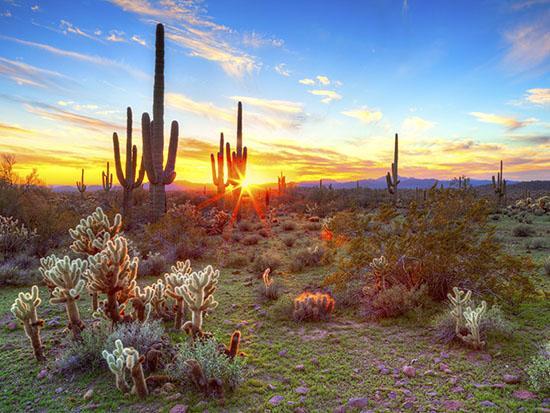Sundown Towns
Although they may at first blush sound vaguely pleasant, for Black Americans, sundown towns represent the worst threats of human existence—violence, injustice, and death.
The term “sundown” means, plainly, that Black Americans would face violence, unlawful arrest, or death if they remained in the town after dark.
In the early and mid-20th century, some towns, including Tempe, Scottsdale, and Prescott, put up offensive and threatening signs that warned Black travelers and workers to leave by dark. Other towns weren’t so forthright, which meant Black Americans had to quickly discover the threat levels or face violence.
The Arizona Territory had started as a Confederate outpost before being taken over by Union forces and claimed as a Union territory in 1863. But the switch from Confederate to Union did not guarantee freedom for Arizona’s Black residents, since many early settlers in Arizona were white Confederate transplants from the slave-owning South. These settlers brought their culture and prejudices with them to the desert Southwest.
In fact, just three years before it became a state, in 1909, Arizona passed a series of segregation and Jim Crow laws that made it illegal for Black and white people to share educational facilities or public places like restaurants and parks, and it required that all potential voters take a literacy test before being registered to vote.
These laws stayed on the books in Arizona until the Civil Rights Act of 1964, but there are, even today, some towns in Arizona where it is not safe for our Black students and employees to travel.
To learn more about sundown towns, visit https://sundown.tougaloo.edu/sundowntowns.php.



